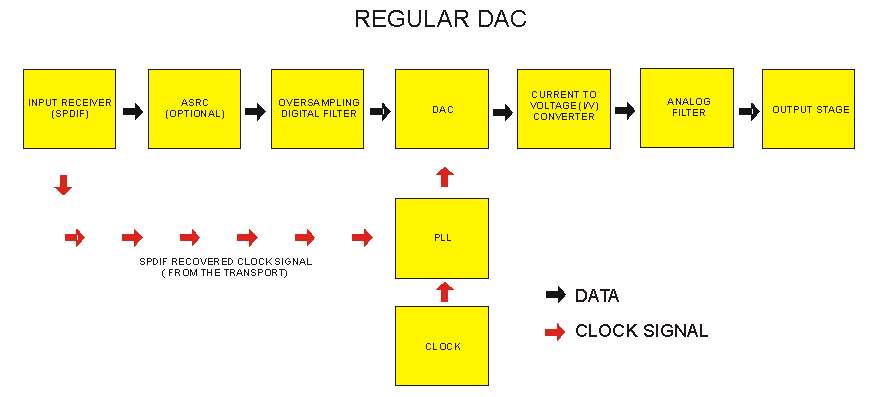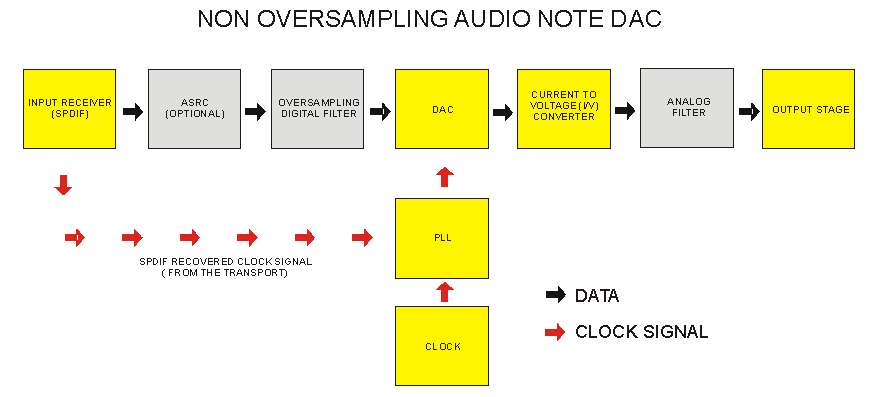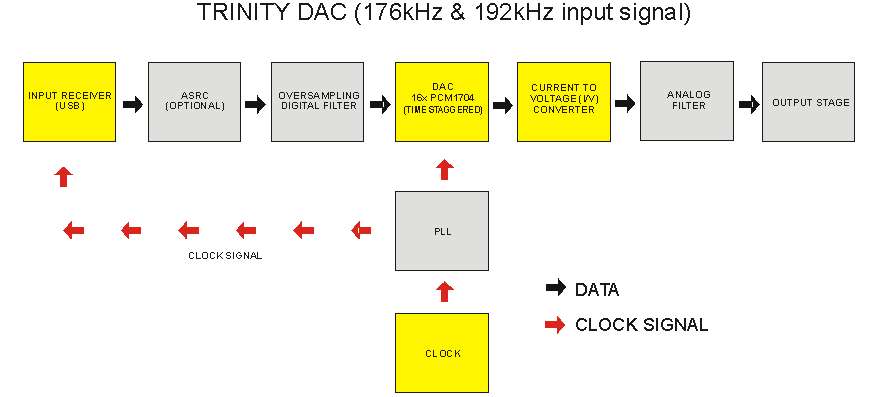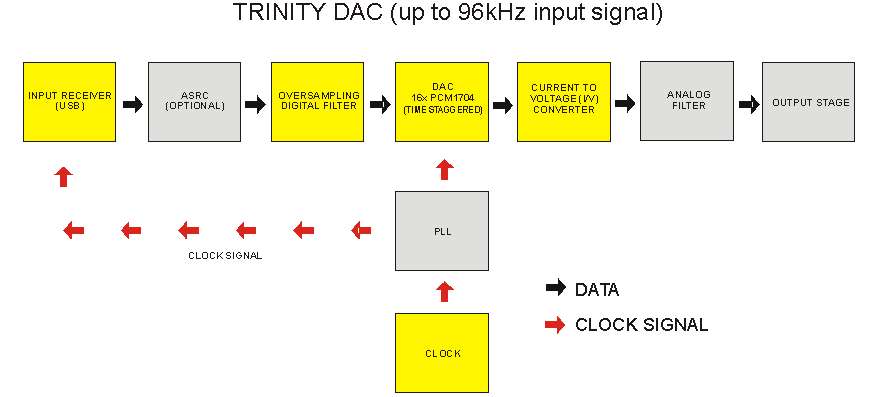Maybe only one. ;-)
But no. Like in my own case, there's too much secrecy and as Dietmar said "it is about the whole package". But that right away also creates the secrecy and this could be one :
So, this is about one of the elements (of that whole package) and it is easy to talk about such a thing and it looks impressive. However, I'd say that this was measured without any signal fed to the D/A IC's, that is, if you referred to IC's (chips) as such and not to "interlink connectors". Still, the "whole package" regarding this "nV" subject would be about the output. And whether the chips or interlinks, you (Dietmar) will be having a hard time showing this. Better say that mentioned 1.5nV was a typo and that it should have been 1.5uV (RMS !) At least that would be the best you can squeeze out in my little (practice) book but of course I don't know all.
It will be fair enough if you say that you don't have time for these stupidities but that will leave you with that typo (which of course it is not, so what is it for real ?).
All meaning : When too much secrecy is implied it will be read as erroneous, "not all thought over" or anything that makes that manufacturer psychological defend himself. I do the same.
More interesting in general could be that really no one is going to attempt the same because it already needs D/A chips which are virtually unavailable, so with some sense you're not gong to start new projects around that chip.
Someone like me could look with special interest (with the notice that most probably I am the only one) because of the most similar setup regarding the signal processing realm, but which of course I judge as "half cooked" only because I approach it differently. Dietmar will say the same about mine. Next, we really have to look at the target market and for Trinity this -through my eyes- is HiRes. For Phasure this is explicit Redbook and funnily enough either treats their target best.
Without working it out extensively, this too is about "secrecy" as such, and maybe I personally would not like that as a layman reader. I mean, only when *all* the pages have been carefully read (website) you get the clue that LIANOTEC may do wonders (as presented) but the only REAL key of that is perceived amplifier destruction (or speaker- if the amp has enough bandwidth). So, as a manufacturer on this side of the game I read it like that (which of course is correct judgement in my book). Sadly this is the ever and all discussion about NOS designs but a first burned tweeter and such because of exactly that I yet have to see (but maybe I don't read enough forums). At least I myself always bring it up as a possible downside which hasn't been proven anywhere that I can see (with next a pile of logic how cables and all filter so that no HF sh*t arrives anywhere to begin with, but alas).
What I also read (at reading in between all lines needed) is that playing Redbook is not special anywhere (but again amps won't burn) because just a normal filter is applied to that and of the most common type. And no, I don't say that the Trinity will sound bad because of that, but compared to the explicit Redbook guy and (mind you !) outside of power supply etc. "sure whole package" design - it can't. Unless we suddenly like ringing. Also notice that the filter makes the sound (just because I tell you) and while the major (selling) point of Trinity is that no digital filter is applied which is presented as "thus the best" (true in itself !) harder digging learns that such a filter just *is* applied if only Redbook is in order.
So you see ? this is how the only manufacturer who could be interested reads this and it is harmless (because not agreed).
What could bug me (as a common reader but with some knowlegde) is the way all is presented by its technical elements which you don't see or can't judge the merits of. A general outlay about 384Khz sampled signals is easy to miss (but looks sooo good) and plots about 24bit signals of 44.1 that clearly suggesting Redbook is another thing. That showing 16 bit signals will let rise THD (and noise) by something like 9dB is what I can see because I know, and the reason why it is shown like that is ... not fair ? There are a few more things, but these are the most important I think.
One notice : This manufacturer here (me) performs his act very explicitly the other way around and only comes up with pratice data (meaning : what the customer will encounter when playing his music). This for example means that I won't even present 24 bit plots anywhere and that all specs are for 16/44.1 material. So, Hires specs are not even mentioned, but they would look sooo much better. What I want to say is : Most probably I am not the normal guy here because much commercial it is not.
Although I presented some visions which are personal but which could be seen as a sort of bashing, I really hope I have been as neutral as can be. Just facts, though through my eyes. And so again (other thread) : Dietmar, correct me where I'm off please.
Kind regards,
Peter
Peter,
I may have this wrong, but it was my understanding from his description, that 96khz and below gets 8x upsampled. Then it gets interpolated by his 8 time delayed DACs, but still there is no output filter applied. Are you considering the upsampling to be a filter? The way I read his explanation it was not. Not an analog and not a digital filter. Just straight upsampling and hardware interpolation. His secret if you will is how he managed timing of the 8 output DACs at those high rates.
Sample rates higher than 96 khz get only the hardware interpolation without any digital upsampling if I understand Dietmar correctly. The lowest output bitstream would be 176 khz interpolated to 1.4 megahertz. All other combinations would result in a higher output bitstream rate, and none of them have an actual filter involved.


















